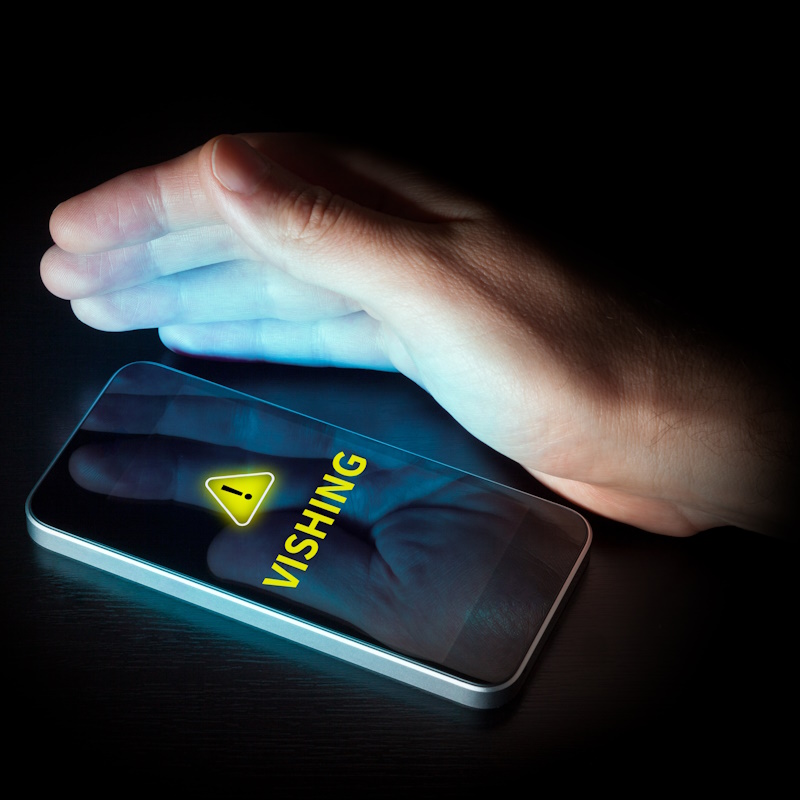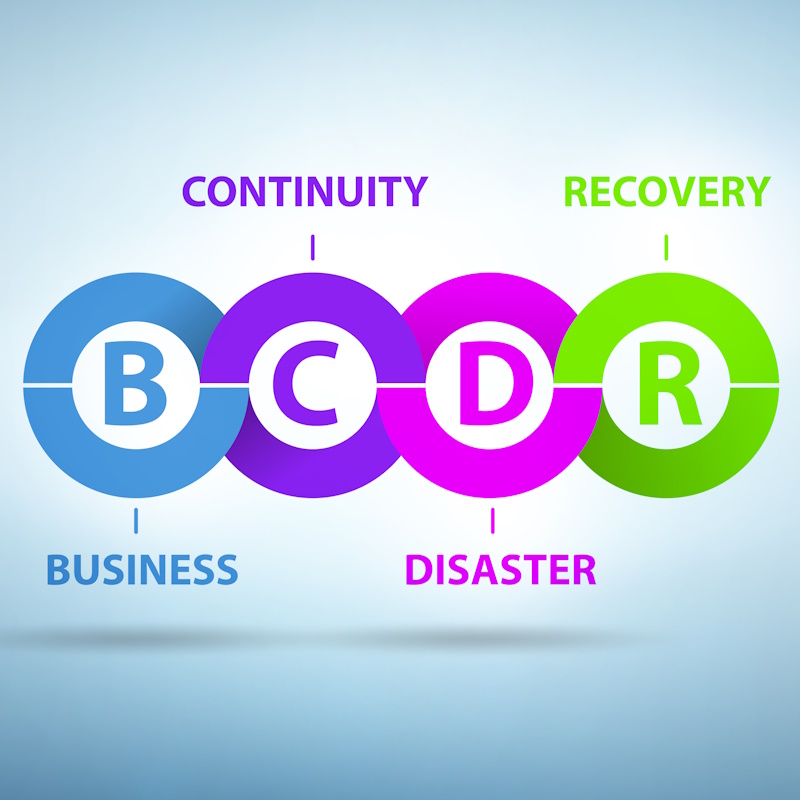Recent Posts
Categories

Phishing emails are a growing problem among email providers. Google and Yahoo have decided to enforce new layers to try to stop phishing and spam from getting into the inbox. ISOCNET is adding these new features for our email clients to ensure your emails are not falsely quarantined or blocked. While it may only be Google and Yahoo, we are certain Microsoft and other big players will follow suite.
Why Are We Adding These Email Verification Features?
We want to make sure emails are not blocked. We expect that, just like SPF became an industry standard, DKIM and DMARC will follow.
What Does It Mean for Your Business?
This change will give you a higher probability of getting your messages into the inbox. And a lower probably of your emails being sent to the spam folder or being blocked.
As your email provider, we are taking care of everything for you. We are being proactive in adding features to make sure mail is being delivered. If you want to be notified when an email is blocked, we can do that. Give us a call at 859-525-8730 for your custom settings.
Tell Me More!
For those who want to learn more about these layers of email validations, continue reading as we explain each of the email settings.
What is SPF?
SPF was first presented back in 2000. It has evolved over the years and has become a standard in email communications. SPF stands for Sender Policy Framework, which is a way of verifying where an email is sent from. In your DNS record, the domain owner adds a text record that says what domains and IP’s emails will be coming from. For instance, you may include emails that will come from Microsoft, your website, and another program or provider that you use to send invoices or marketing through as your domain. Note, there is a limit of 10, and when you get too many, it can also look suspicious.
So, when a mail server receives an email, if the originating location is not one that you have listed, it is considered spam and blocked.
SPF is a good first step, but it is not fool-proof. Unfortunately, bad actors are forging the From Address to appear as if sending from a legitimate source. They are also making it look like it is coming from a different domain than it is. Therefore, new ways of validating domains are born. These new features will likely continue to evolve as SPF has.
What is DKIM?
DKIM stands for DomainKeys Identified Mail, which is a way of verifying the email is being sent from where it is supposed to. It uses cryptographic keys that are currently at 2048-bit encryption.
With DKIM, a private key from the sending mail server is created and added to the email message. The receiving mail server will check that private key against the public key that lives in DNS. If they match, the DKIM is a pass, and a message is likely to be delivered.
While DKIM is like SPF, it adds another layer. Whereas SPF just states it is coming from an IP or server, DKIM attaches a key that verifies its origination server. Keys may also be rotated.
What is DMARC?
DMARC stands for Domain Message Authentication Reporting & Conformance. It gives email domain owners the ability to give instructions about what to do with SPF/DKIM failures. It also provides reports on email activity, including failures.
DMARC can tell the receiving mail servers to deliver, quarantine, or reject messages that fail SPF and/or DKIM. The owner can decide how strict they want their mail sending policies to be. In addition, a domain owner may be notified of scams or attacks that are using their domain.
DMARC is not perfect and may not be followed by every mail server. Most mail servers will follow the strictest policies. Just because you say to deliver a message, does not mean the receiving mail server will. If you would like to set up custom policies for your DMARC, contact our Support Team!
As bad actors continue to find new ways to manipulate mail, there will be new ways created to stop it. These are some of the current methods implemented today and they will continue to evolve.
If you need assistance with adding these to your email protection, Contact Us!



